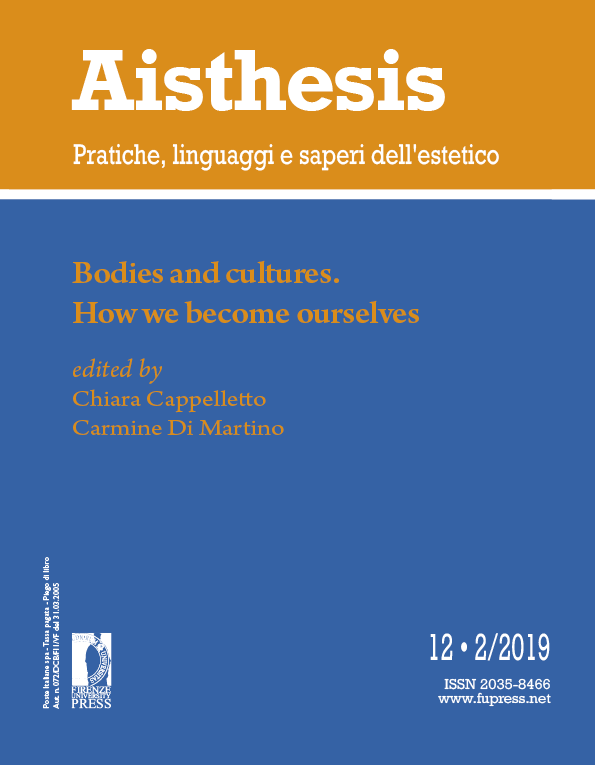Published 2019-11-13
Keywords
- Techno-aesthetics, Somaesthetics, Art, Aesthetic Experience, Philosophical Anthropology
How to Cite
Abstract
John Dewey puts aesthetic experience at the center of his reflection on art and beauty, reconsidering it dynamically. Nowadays, this view opened the path to somaesthetics, a term coined by Richard Shusterman, and aesthetic anthropology. Here, it is argued that the contribution of pragmatist aesthetics could be further developed by exploring its analogies with techno-aesthetics, a paradigm proposed by French philosopher Gilbert Simondon in the early 1980s. Art occupies accordingly a special place within the different forms of aesthetic experience, being considered as a way of experimenting the impact of new technologies in the human experience. It is a process by which technologies create ‘devices’ for experimenting perception and reflection: namely, ways of reconstructing the nature of the human mind in-between body and technology, and by means of their interaction. Cinema reconsidered after Dewey’s fellow George H. Mead, offers an exemplary case as both artistic and technological devices.


